Although not as severe as the dry seasons of 2015 - 2016 and 2019 - 2020, the drought and saltwater intrusion (salinity) in the Mekong Delta (Southwestern region) this year has had negative impacts on people's lives.
Thanks to the effective operation of sluices and dams to prevent salinity and the increased awareness of people in prevention, drought and salinity have not caused much damage to agricultural production. However, a part of the population living in coastal areas is suffering from a shortage of domestic water. This situation will worsen if drought and salinity continue.
 |
| People living along the coast of Go Cong Dong (Tien Giang province) receive support for domestic water during the drought and salinity season. |
In the coastal areas of Ben Tre, Tien Giang, and Ca Mau provinces, many activities to support fresh water for people have taken place. These activities were carried out by local authorities, armed forces, social organizations, and businesses and individuals (philanthropists).
Looking at the weather characteristics and hydrological regime of the land, we can imagine the "mechanism" that leads to drought and salinity like this: In the dry season (dry season, from November of the previous year to April of the following year), the water source from the Mekong River flowing to the Southwest region (via the Cuu Long River) decreases, the flow is weak so it is not strong enough to push back the rising sea level along the large river mouths.
Water sources outside the territory account for 95% of the total water volume of the Mekong River, the remaining 5% is internal sources on the spot. Every year when the water from the upper Mekong River is low and the heat lasts for a long time, the sea water encroaches further inland. According to estimates from the functional sector, in the dry season of 2023 - 2024, the amount of water flowing to the Southwest region will be about 10 - 15% deficient, and the temperature will also be 0.5 - 1.5°C higher than the average of many years.
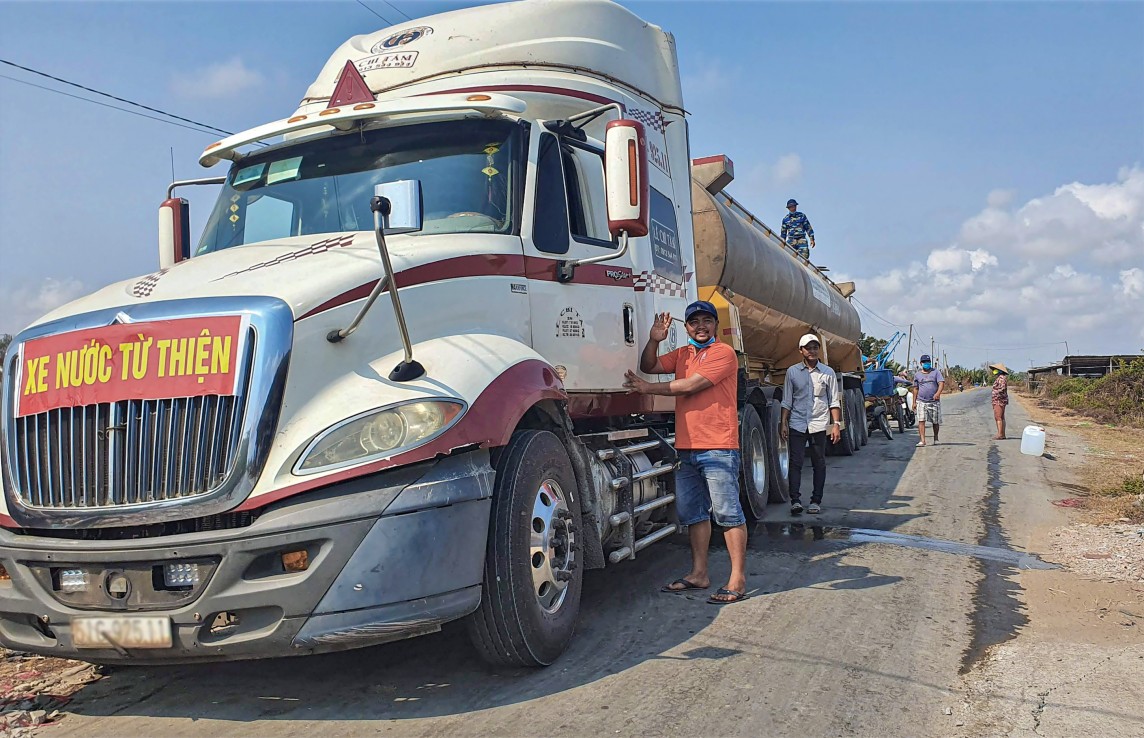 |
| Many individuals and businesses participate in supporting fresh water for people in coastal areas of Ben Tre, Tien Giang, and Ca Mau provinces. |
Since mid-April 2024, the dry season in the Southwest region is said to have entered its peak. Temperatures are regularly maintained at 34 - 37°C, and the extent of saltwater intrusion is increasingly worrying. On major tributaries of the Mekong River such as: Cua Dai, Cua Tieu, Co Chien, Ham Luong, Hau River, seawater has penetrated more than 60km from the river mouth in some places.
Those who are attached to the Southwest region all know that drought and salinity have a long history and are not a new problem. Every year, more or less, mild or severe, "it" appears when the time comes. There are years when drought and salinity come and go quietly without anyone noticing, very normal.
Because drought and salinity are considered normal, many people are still subjective and dependent. Most of the people who are short of water for daily use live in scattered houses, far from residential areas and pay little attention to storing rainwater. Meanwhile, water pumps (wells) at home are no longer usable because of salt contamination.
More than 20 years ago, almost every family in the rural areas of the Southwest had a jar to store rainwater for use during the dry season. The more people in the house, the more water the jar could store. Those who had the means even built cement tanks to store water during the dry season.
Then the movement of making water dispensers developed rapidly, almost every house had a water dispenser. The habit of storing rainwater no longer existed, not because rainwater was less “delicious”, but because having a water dispenser with a seemingly endless underground water source was still more convenient.
 |
| According to estimates from the authorities, in the 2023-2024 dry season, the amount of water flowing from the upper Mekong River to the Southwest region will be about 10-15% lower than the average of many years. |
Drought and salinity in the Southwest region are forecast to be more severe and unpredictable in the coming years, partly due to the impact of hydroelectric projects, reservoirs and projects related to the Mekong River's water resources upstream.
While waiting for strategic solutions to be implemented, it is time for people in the coastal areas of the Southwest region to proactively respond to the local shortage of domestic water during the drought and salinity season. As for how to do it, the simplest and easiest way is to focus on storing rainwater as in the past.
Source


![[Photo] Summary of parade practice in preparation for the April 30th celebration](https://vstatic.vietnam.vn/vietnam/resource/IMAGE/2025/4/11/78cfee0f2cc045b387ff1a4362b5950f)


![[Photo] Looking back at the impressive moments of the Vietnamese rescue team in Myanmar](https://vstatic.vietnam.vn/vietnam/resource/IMAGE/2025/4/11/5623ca902a934e19b604c718265249d0)
![[Photo] "Beauties" participate in the parade rehearsal at Bien Hoa airport](https://vstatic.vietnam.vn/vietnam/resource/IMAGE/2025/4/11/155502af3384431e918de0e2e585d13a)




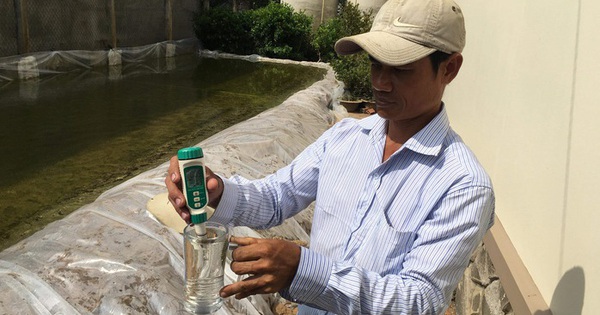


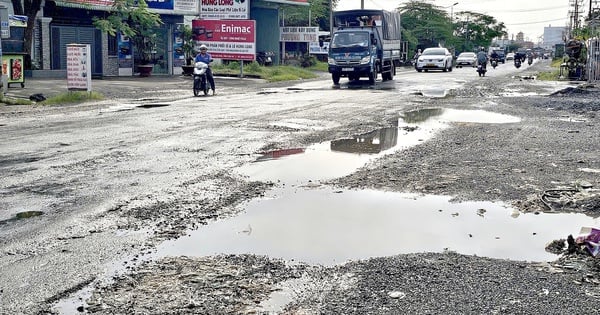








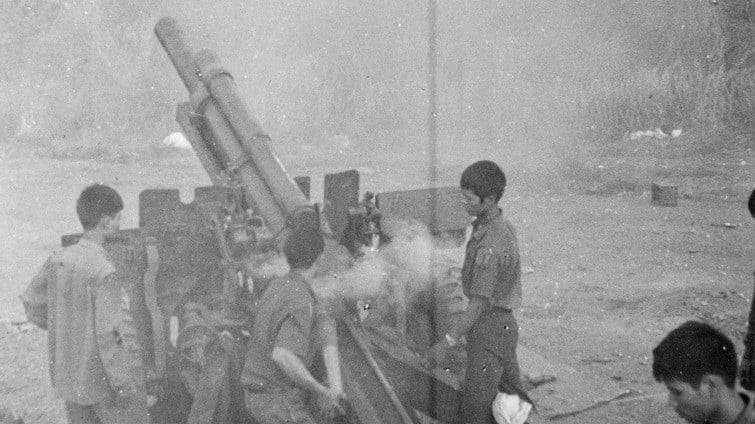



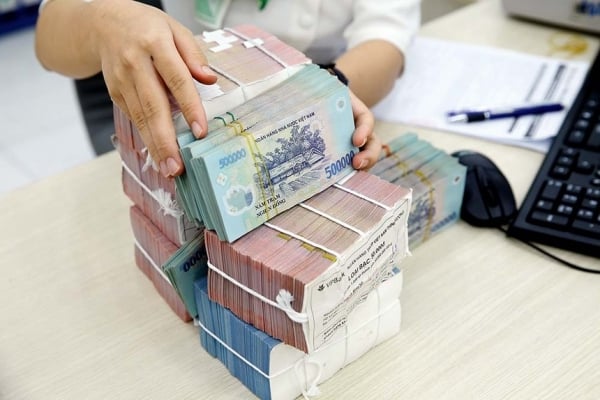





































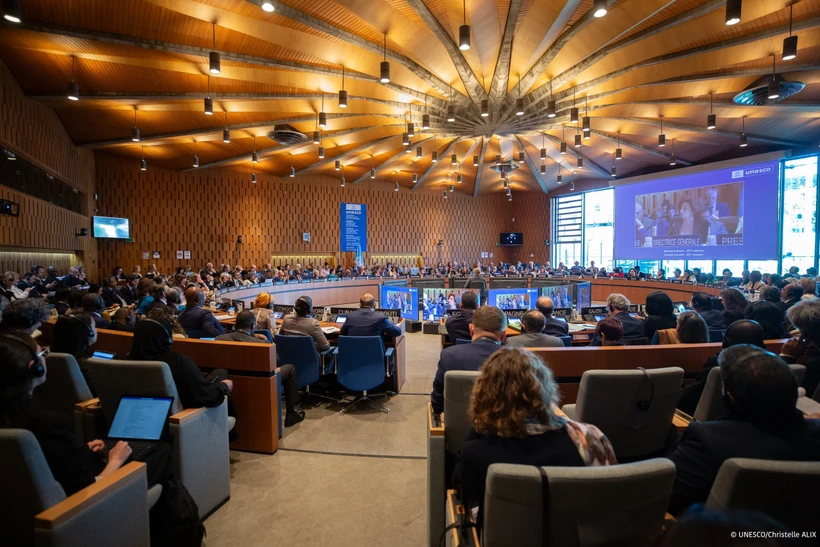







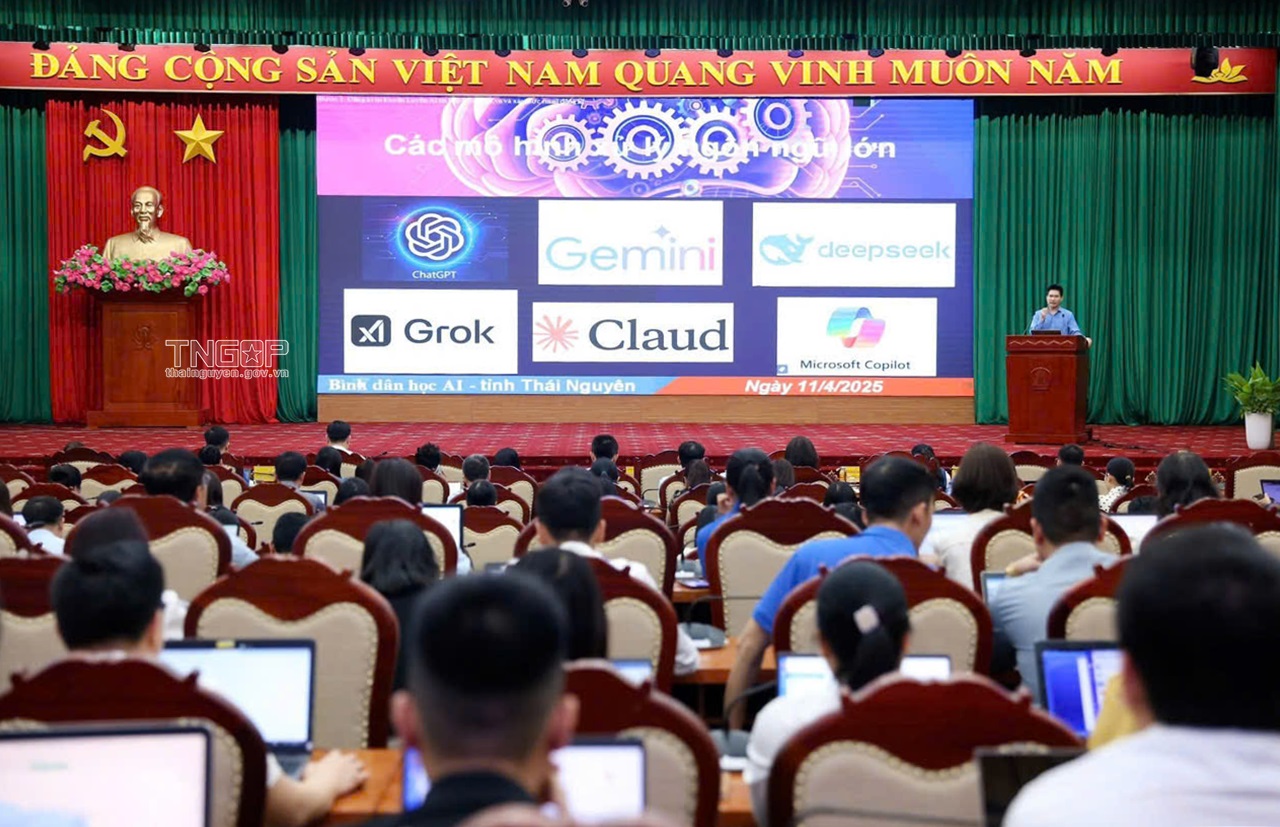
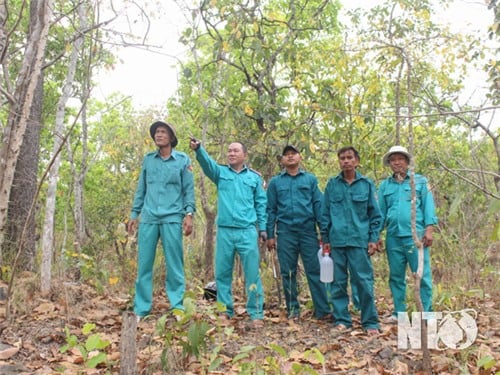

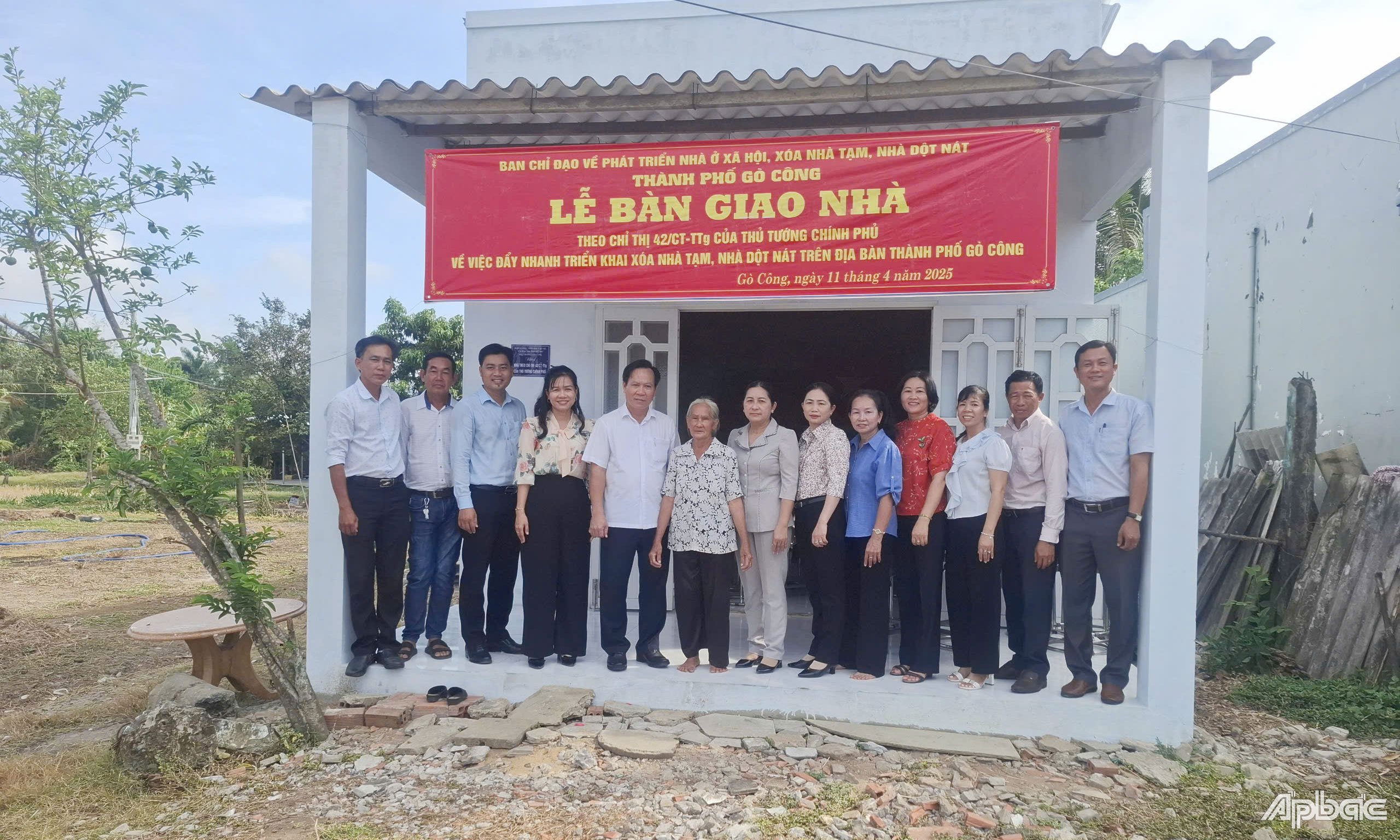



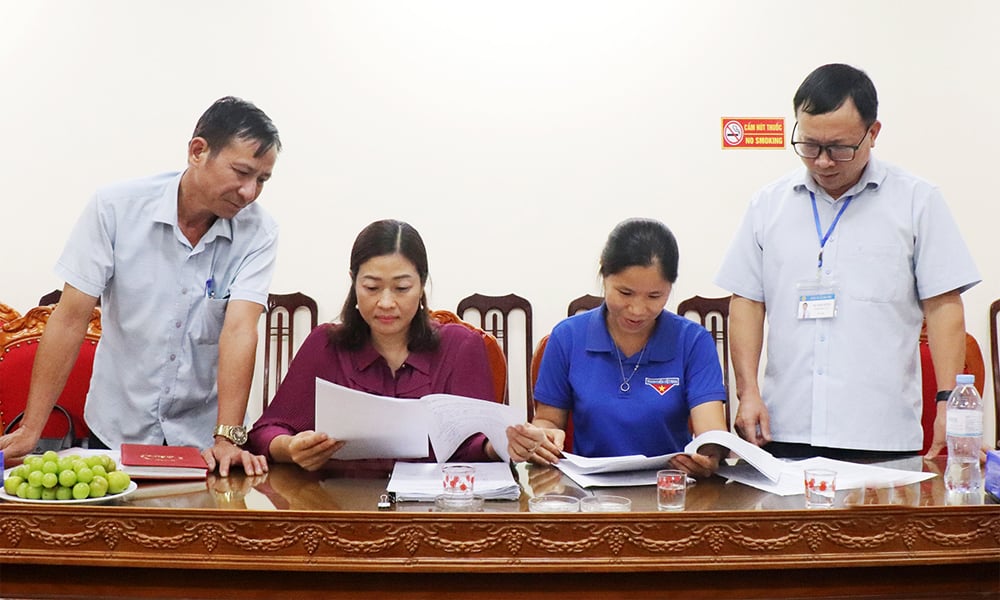

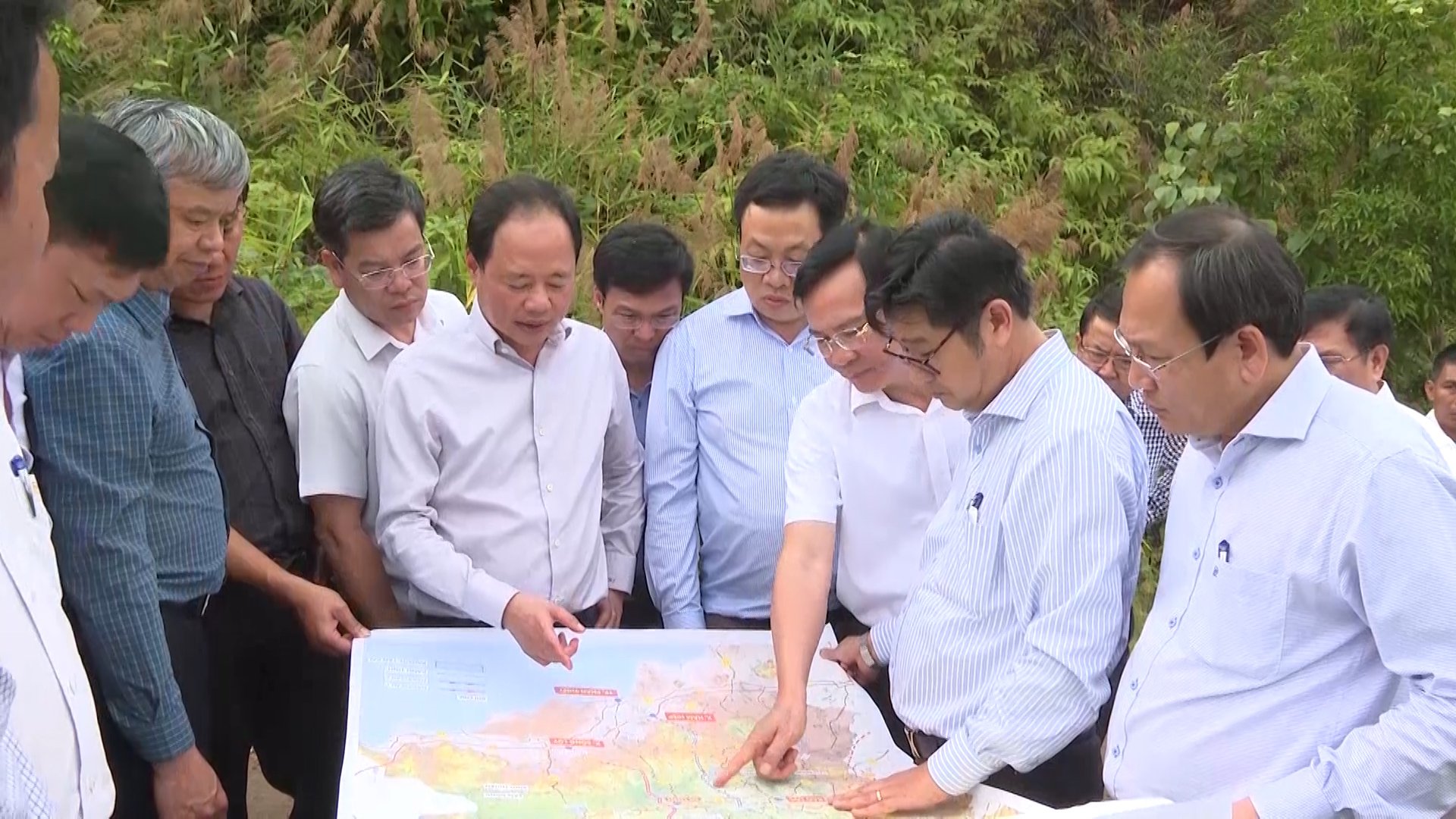












Comment (0)